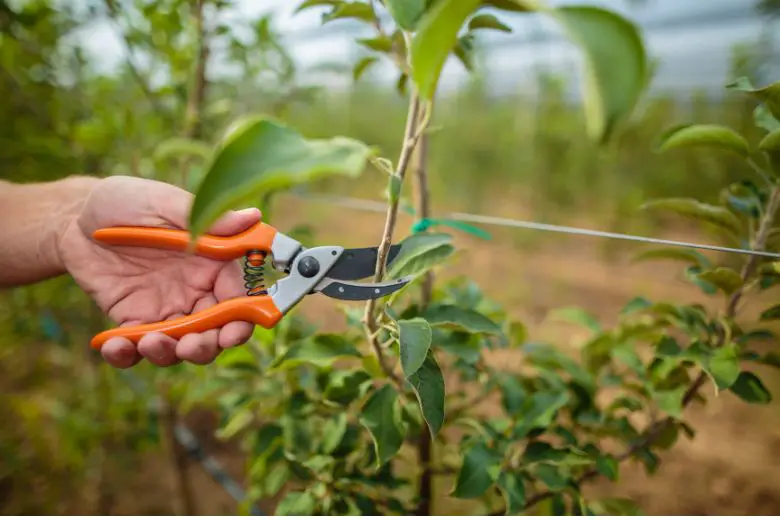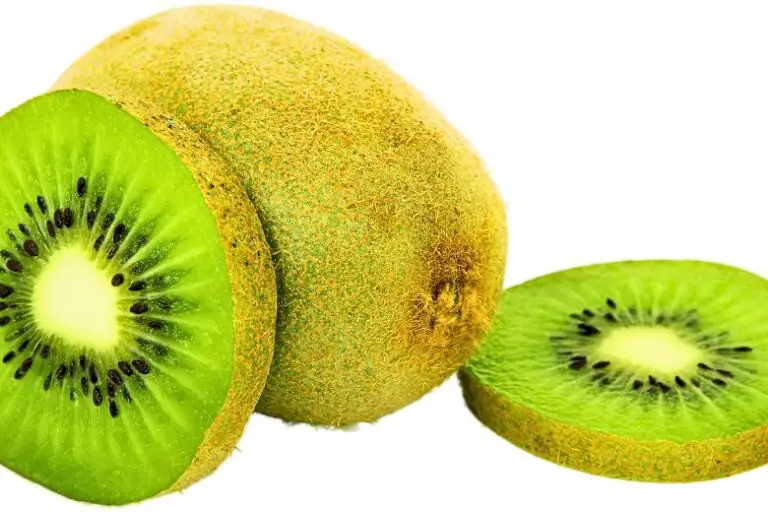Pruning Techniques for Indoor Pomelo Trees: A Comprehensive Guide
Indoor pomelo trees, scientifically known as Citrus maxima, are a popular choice among indoor gardeners due to their attractive appearance and delicious fruit.
Pruning plays a vital role in maintaining the health, shape, and productivity of these trees. By selectively removing branches, you can control the growth, promote fruiting, and enhance the overall aesthetics of your indoor pomelo tree.
Understanding Indoor Pomelo Trees
Before diving into the pruning techniques, let’s familiarize ourselves with indoor pomelo trees. These trees belong to the citrus family and are native to Southeast Asia. They have glossy green leaves, fragrant blossoms, and large, juicy fruits with a sweet and tangy flavor.
Indoor pomelo trees thrive in warm, well-lit environments and require a consistent temperature range of 60-85°F (15-29°C). They prefer well-draining soil and need regular watering to keep the soil moist but not waterlogged. Providing adequate sunlight or artificial lighting is crucial for their growth and fruit development.
When to Prune Indoor Pomelo Trees
Pruning indoor pomelo trees should be done during specific times to ensure their well-being. The ideal periods for pruning are late winter or early spring, just before new growth begins. Avoid pruning during the flowering or fruiting season, as it may disrupt the tree’s ability to produce a bountiful harvest.
Keep an eye out for certain signs that indicate the need for pruning. If you notice dead, damaged, or diseased branches, they should be promptly removed to prevent the spread of infection. Additionally, any branches that are crossing or rubbing against each other can cause damage and should be addressed.
Pruning Tools and Safety Measures
To carry out effective pruning, you’ll need a few essential tools. These include pruning shears, loppers, a pruning saw, and protective gear such as gloves and safety glasses. Ensure that your tools are clean and sharp to make clean cuts and minimize the risk of injury.
Safety should be a top priority when pruning indoor pomelo trees. Before starting, make sure to wear appropriate protective gear and assess the surrounding area for potential hazards. Be cautious of electrical wires or other obstacles that may interfere with your pruning activities.
Pruning Goals and Techniques
Pruning serves multiple purposes when it comes to indoor pomelo trees. One of the primary goals is to shape the tree for aesthetic purposes, creating a visually pleasing form. Additionally, pruning helps to promote healthy growth, improve air circulation, and maximize sunlight penetration, resulting in better fruit production.
To achieve these goals, several pruning techniques can be employed. Thinning out crowded branches allows more light to reach the inner parts of the tree, reducing the risk of disease and promoting overall growth. Controlling the tree’s height through proper pruning helps manage its size, making it more manageable for indoor cultivation.
Steps to Prune Indoor Pomelo Trees
When it’s time to prune your indoor pomelo tree, follow these step-by-step guidelines for optimal results:
- Assess the tree’s condition: Take a close look at the tree, identifying any dead, damaged, or diseased branches that need removal.
- Removing dead or damaged branches: Using your pruning shears or saw, make clean cuts just above the branch collar to remove any branches that are no longer viable.
- Thinning out crowded branches: Identify areas with excessive branching or branches that are crossing/rubbing against each other. Carefully remove the selected branches to improve airflow and light penetration.
- Controlling the tree’s height: Trim the uppermost branches to maintain the desired height and prevent the tree from outgrowing its space.
Remember to always make precise cuts at a 45-degree angle to promote faster healing and minimize the risk of disease.
Pruning Tips and Best Practices
While pruning indoor pomelo trees, it’s important to keep a few tips and best practices in mind:
- Avoid over-pruning: Removing too many branches at once can stress the tree and affect its growth. Aim for a balanced approach, removing only what is necessary.
- Create an open canopy: Prune branches that are growing towards the center of the tree to create a more open and balanced canopy. This allows light to reach all parts of the tree, promoting healthier growth.
Pruning Young Indoor Pomelo Trees
Pruning young indoor pomelo trees is crucial for shaping their structure and establishing a strong framework. Here are some key steps to follow:
- Training the tree’s structure: Identify the main trunk and select 3-4 strong branches that will serve as the primary scaffold branches. Remove any competing branches.
- Establishing a strong framework: Prune the selected branches to one-third of their original length to encourage lateral branching and a more compact shape.
Pruning Mature Indoor Pomelo Trees
Pruning mature indoor pomelo trees focuses on rejuvenation and maintaining balanced growth. Follow these steps to ensure the tree’s long-term health:
- Rejuvenating an older tree: Remove any dead or declining branches, thin out crowded areas, and open up the canopy to promote new growth.
- Maintaining balanced growth: Regularly prune the treeto remove excessive growth, focusing on maintaining a balanced shape and structure. Remove any branches that are crossing, rubbing, or growing in undesirable directions.
Pruning to Encourage Fruit Production
Pruning plays a significant role in stimulating flowering and fruiting in indoor pomelo trees. Follow these techniques to maximize fruit production:
- Stimulating flowering: Prune the tree lightly after the fruiting season to encourage the growth of new flowering branches. This will enhance the tree’s ability to produce more blossoms in the following season.
- Removing non-productive branches: Identify branches that have not produced fruit for several seasons and remove them. This redirects the tree’s energy towards productive branches, resulting in better fruit development.
Remember that each pomelo variety may have slightly different requirements, so adapt the pruning techniques accordingly to suit your specific tree.
Common Mistakes to Avoid
To ensure the success of your pruning endeavors, avoid these common mistakes:
- Improper pruning cuts: Always make clean cuts just above the branch collar, avoiding jagged or torn edges. Improper cuts can invite diseases and hinder the healing process.
- Pruning at the wrong time: Prune indoor pomelo trees during the appropriate seasons. Pruning during flowering or fruiting can negatively impact the tree’s ability to produce a good harvest.
Aftercare and Maintenance
Once you have pruned your indoor pomelo tree, it’s important to provide proper aftercare and ongoing maintenance. Here are a few tips:
- Caring for pruned trees: Water the tree adequately, ensuring that the soil remains consistently moist but not waterlogged. Monitor the tree for signs of stress or disease and address them promptly.
- Regular monitoring and follow-up: Keep an eye on the tree’s growth and adjust pruning as necessary. Regularly inspect the tree for any new signs of damage or disease.
By providing consistent care and maintenance, your pruned indoor pomelo tree will thrive and reward you with beautiful foliage and delicious fruit.
Conclusion
Pruning indoor pomelo trees is an essential practice for maintaining their health, shape, and productivity. By following the proper techniques and guidelines, you can achieve a well-shaped tree that yields abundant and flavorful fruit. Remember to assess the tree’s condition, remove dead or damaged branches, thin out crowded areas, and control the tree’s height. Avoid common pruning mistakes and provide aftercare to ensure the ongoing health of your indoor pomelo tree. With dedication and proper pruning, you can enjoy the beauty and bountiful harvests of your indoor citrus companion.







